Disclosure: Meeple Mountain received a free copy of this product in exchange for an honest, unbiased review. This review is not intended to be an endorsement.
In 2018, the team from Le Scorpion Masqué brought families to the brink of an undead invasion and the end of life as we know it. What made Zombie Kidz: Evolution so special was the combination of simple, kid-friendly mechanics and the charming world of elementary school antics. And let’s not forget the gift of a legacy-style experience driven by books and stickers that created and sustained a lasting interest that has yet to wear thin in our household.
Those kidz were lightning in a bottle, I say.
It stands to reason, then, that the same publishing team might look to take us back to school for another adventure. Flashback: Zombie Kidz is another story set in the Zombie Kidz universe. Or should I say, Flashback: Zombie Kidz is a moment set in the Zombie Kidz story?
From the start, it’s important to know that there is no need for familiarity with Zombie Kidz: Evolution in order to play Flashback. The two are wholly independent creations that just happened to be linked by a common setting and story. Each will build sympathy and love for the other, but neither is required for understanding.
Overview: No spoilers here, folks.
In earth’s final moments—the zombies having successfully invaded the school—just before said zombies do us all in once and for all, the kidz invent a Gizmo that enables them to revisit key memories. By diving into the past, they hope to stop the madness and restore the world.
Players must cooperate to unravel the zombies’ plan by looking at a series of pictures linked to three moments in time. Each picture shows the same moment from a different perspective within the moment. Together, the pictures contain the knowledge necessary to thwart the enemy and save the day.
Flashback: Zombie Kidz is a single-play box, so I’ll not be sharing any images that you couldn’t find by looking through the publisher’s site or the rulebook.
Rules? There are (almost) no rules here, either.
The rules are intuitive. In fact, if I were to gather the materials for Flashback and send them to you in a nondescript mailer envelope without the box or rulebook, you’d still be playing in less than two minutes. The only real “rule” is this: keep the cards face down until you need them.
Whether large or small, the card backs are all marked with numbers, letters, and symbols. If such a nondescript mailer arrived at my door, I might peek at a card or two, but the tidy-ist in me would then put the cards in number and alphabetical order according to color.

Upon looking at the first card, I would see a delightfully tense moment on an elementary playground in which several children appear to be involved in some sort of conflict. I would see that several other numbers are also printed on the image, each pointing to one of the people, monsters, or objects.
I might then explore some of the other indicated cards, at which point I would undoubtedly realize that the story is not really advancing in time. Instead, the camera angle is simply changing.
I suppose when I find a symbol with a question mark and a number, I might remember that several of the small cards had similar markings and I would flip one of those. I would probably realize that I don’t know the answer to that question just yet, but that I have a stack of sixty or so other cards that seem to be trying to tell me something.
Finally, I would recognize that a few Gizmos were included in the nondescript envelope. If I were overly curious, I might peek inside their own equally nondescript packaging, but seeing the many markings on the cards, I would probably guess that they’ll tell me when I need them.
And then I would be an expert.
Without the rulebook, though, I would be missing out on the very interesting seal that seems to be keeping me out of pages four through eight. You know, the sort that those clever teachers put on standardized tests to make us think that there’s something exciting inside? Except in this case, when I was eventually told to stick my thumb under the seal and tear that caution strip open, I would be more than a little enthusiastic to find out what’s inside. (Confession: I never really minded taking those tests. Come on, bubble sheets are fun!)
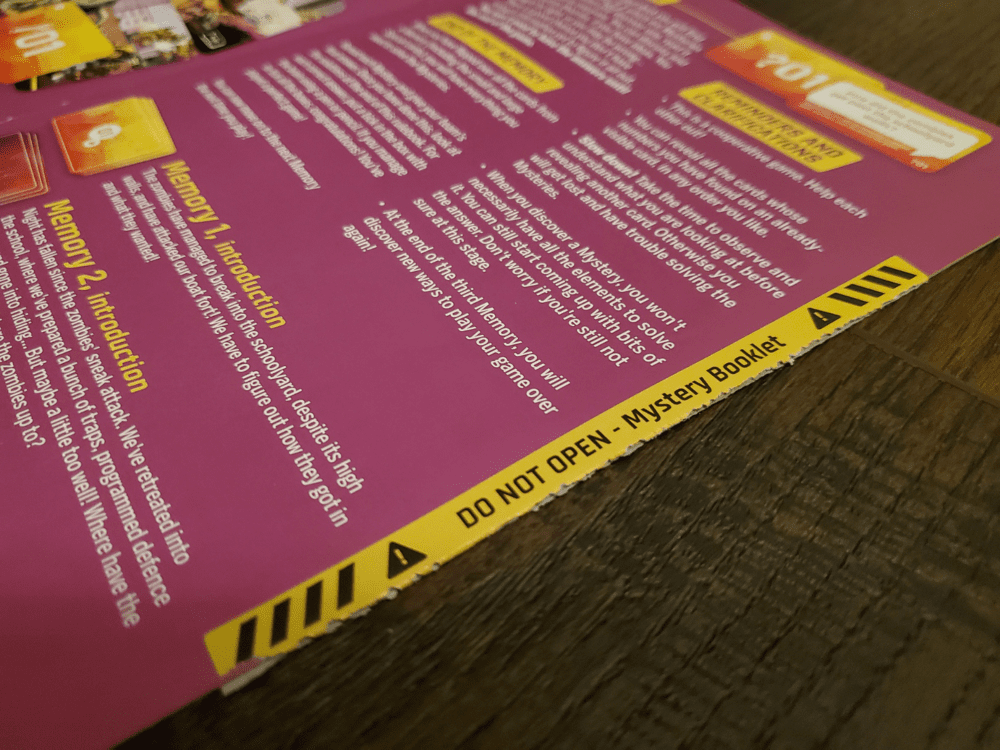
Regardless of the number of other people in the room when the nondescript envelope arrived, I would be finished with the whole shebang in less than a couple hours—three memories and whatever is hiding inside that caution tape. If I were by myself, I would have finished much, much faster, but where’s the fun if I don’t include some small children and work at their pace?
Before you start using fancy words here.
The Rashomon effect is a storytelling technique that pops up from time to time in cinema and literature. The idea is simple: tell a story through multiple perspectives, often as memories, in order to misdirect the audience by causing them to doubt the narration on the way to a rip-roaring reveal at the conclusion.
Flashback: Zombie Kidz knows no such fancy words. This is less a quest to figure out who you can trust than a slow trickle of altogether agreeable narrative information. Let’s not forget our target audience here. I know what you’re going to say: Hoodwinked deserves a better ranking on iMDB and proves that the Rashomon effect works with children. You’d be right. Even still, the joy here is in simply piecing together the clues and disappointing the zombie hordes. Let’s not cast aspersion on the narrative lens.
My first instinct was to compare Flashback to the MicroMacro series of games. Having completed the box, I stand by that assessment. Just like the beloved mystery map series, the information was under my nose the whole time, but in playfully bold colors instead of black and white. The joy is in the looking. The cards have a lot going on and there are reasons throughout the experience to double back and enjoy them again and again on the way to unearthing the solution.
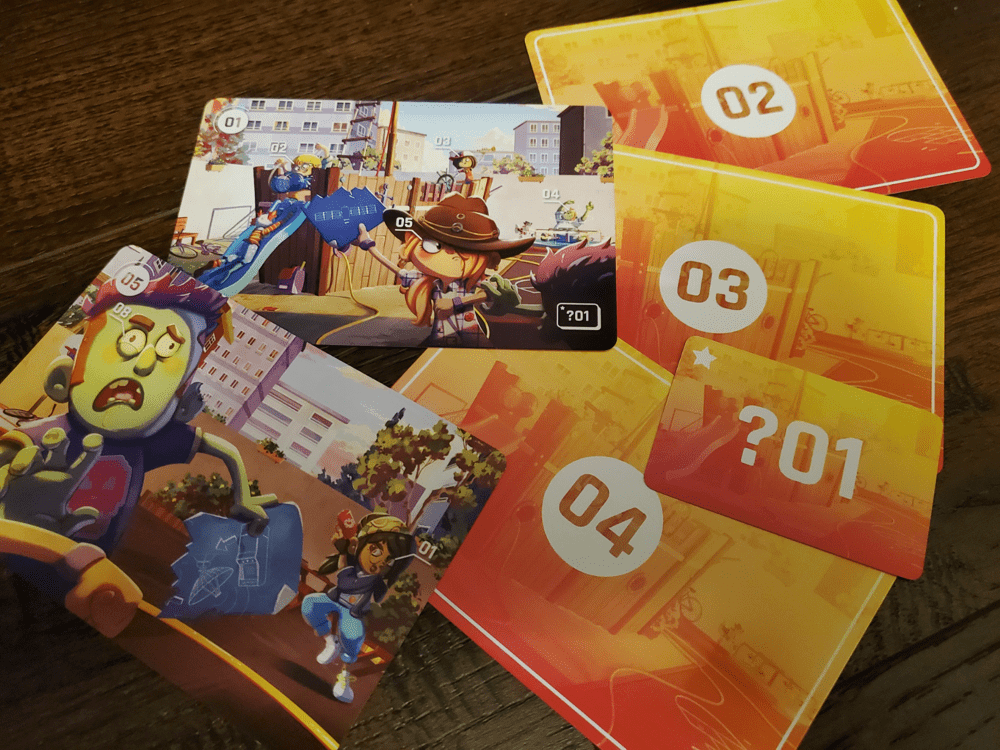
My only real issue with the production is the manner in which the answers are provided from start to finish. The answers for all three memories are printed on the back of the rulebook. Right there in plain sight. Yes, they are upside down, but most adults can still read upside down, so the chances of having something spoiled accidentally just by turning the book over are higher than I would prefer. The nifty tear strip was a great idea, and one that might have worked to conceal the solutions. A couple of those nondescript envelopes inside would have been equally effective. Instead, I found myself using cards to cover multiple portions of the page to be as certain as possible no inadvertent reader would spoil the day.
That one issue aside, I adore this little experience. Where MicroMacro struggles with more than two players due to the unfortunate concussion potential of all the head-knocking map sharing, Flashback thrives by passing a couple dozen cards around the table (more akin to the Unlock! series of escape room games). Likewise, where my aging eyes struggle with the map’s required magnification, the cards are easily manageable in hand. We played with three, shared with a fourth player and never once had to worry about protective headgear or a magnifying glass.
And because the cards are shared, there is less likelihood that any one player will haul off and solve the whole puzzle before the group has time to catch up. Even as three of us scattered the cards around the table, we were all the time realizing that we had missed the reveal on certain images. The picture was coming clear for us all at a healthy pace, but in a slightly different order. We tried the final memory with two players and found the experience far more systematic as we arranged the cards in order and sifted through with greater efficiency. Every card matters, so I appreciated that we each had time to process the images and ask pertinent questions in conversation.
All indications are that Flashback: Zombie Kidz will fall into an appropriate price category (this review is being published before the official retail release). The Gizmos will probably drive up the price just a hair higher than what I would consider ideal, but they really do aid a lovely opportunity to sit around the table and investigate something silly as a family. There are far worse ways to spend the time and money.
Overall, I am thrilled with this little box. We’ve played it. We’ve shared it with friends. It’s the perfect game to introduce young ones to the idea of co-op mystery. It’s an ideal way to spend another day in the Zombie Kidz universe. It’s an ideal way to meet the Zombie Kidz universe for the first time. Lots to love here, I say. Lots indeed.


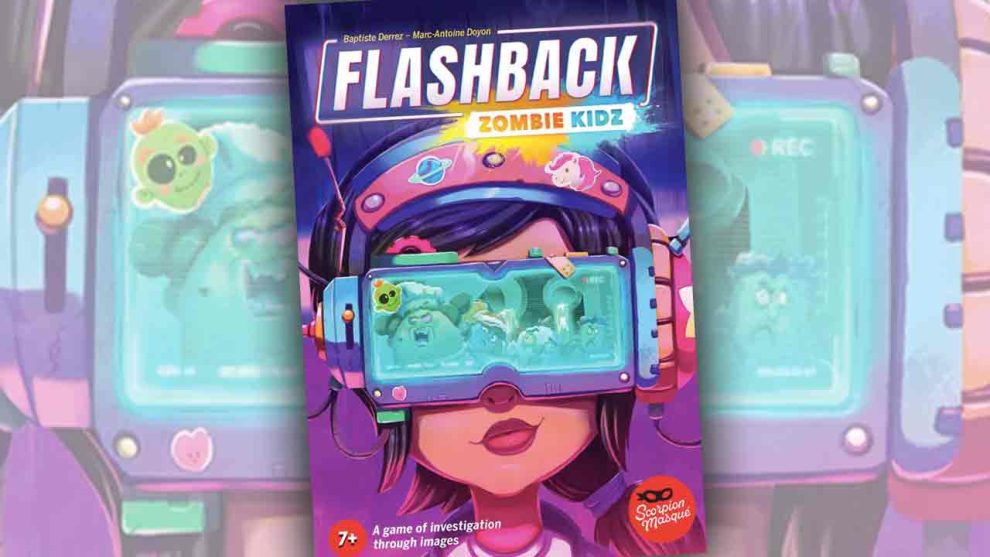

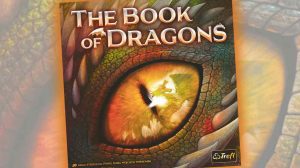


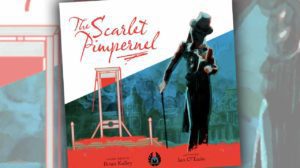




Add Comment